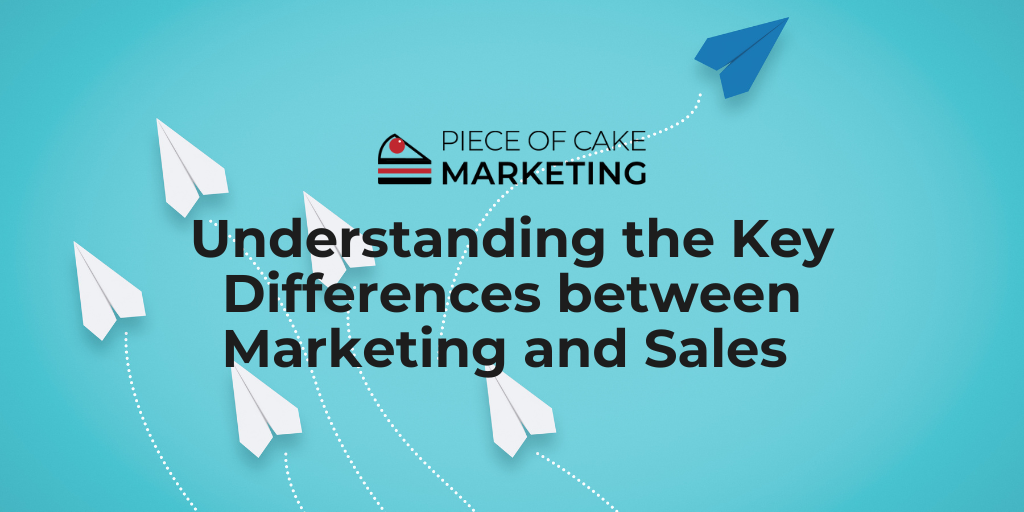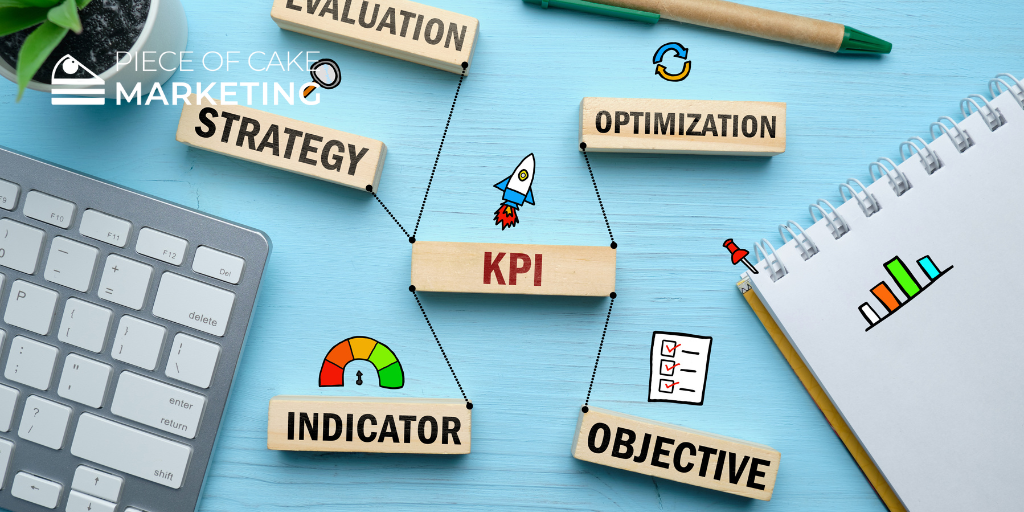While sales and marketing share common goals, such as acquiring customers and generating revenue, marketing and sales are fundamentally different in terms of their strategies, focus, and responsibilities.

Are Sales and Marketing the Same?
Marketing and sales are related but distinct functions within a business. They both play crucial roles in acquiring and retaining customers, but they focus on different stages of the customer acquisition and conversion process.
Marketing involves activities and strategies aimed at creating awareness and interest in a company’s products or services. It encompasses various actions such as market research, advertising, branding, content creation, and digital marketing. The primary goal of marketing is to build brand recognition, attract potential customers, and generate leads. Marketing seeks to create a demand for a product or service and often works on a broader scale to reach a wide audience.
Sales, on the other hand, is the process of directly interacting with potential customers to convert their interest into a purchase. Salespeople engage with leads or prospects, understand their specific needs, and guide them through the decision-making process. They answer questions, address objections, negotiate terms, and ultimately close the sale. Sales is a one-on-one or one-on-few interactions and is highly focused on turning a potential customer into an actual customer.
In summary, while marketing and sales are closely intertwined and both contribute to revenue generation, marketing is more about creating demand and generating leads, whereas sales is about closing deals and converting those leads into paying customers. They are complementary functions that work together to drive a company’s growth and success.Top of Form
The Key Differences Between Sales and Marketing
Focus and Scope of Marketing & Sales
Marketing – Marketing is a broad, strategic function that encompasses activities aimed at creating awareness, generating interest, and building demand for a company’s products or services. It involves understanding the target market, identifying customer needs, and developing strategies to communicate the value of the offerings to potential customers. Marketing efforts focus on building the brand, creating a compelling message, and establishing a positive image in the minds of consumers.
Sales – Sales, on the other hand, is a tactical function primarily concerned with converting leads and prospects into paying customers. Sales professionals engage directly with potential buyers, assess their needs, provide product or service information, address objections, and ultimately close deals. The sales team’s primary objective is to meet sales targets and achieve revenue goals.
Marketing & Sales Timeline
Marketing – Marketing activities are often long-term and strategic. They involve planning and executing campaigns that may span weeks, months, or even years. Marketing aims to create a sustainable pipeline of potential customers by nurturing brand awareness and interest over time.
Sales – Sales activities are typically short-term and result-oriented. Sales representatives work on closing deals within a specific timeframe, often focusing on immediate conversions. Sales efforts are geared towards achieving short-term revenue targets and meeting quarterly or annual goals.
Sales & Marketing Customer Interaction
Marketing – Marketing primarily interacts with a broader audience. It involves reaching out to potential customers through various channels such as advertising, content marketing, social media, and email marketing. Marketing efforts aim to attract and engage a wide range of leads and prospects.
Sales – Sales professionals engage in direct, one-on-one interactions with potential customers. They build relationships, provide personalised solutions, and guide prospects through the purchase decision process. Sales is about converting individual leads into customers through personal communication and negotiation.
Metrics and Key Performance Indicators (KPIs)

Marketing – Marketing success is often measured using metrics like brand awareness, website traffic, lead generation, and engagement metrics (e.g., likes, shares, comments). Key performance indicators may include conversion rates, customer acquisition cost (CAC), and customer lifetime value (CLV).
Sales – Sales success is measured by metrics related to revenue generation, such as sales revenue, conversion rates, sales cycle length, and deal closure rates. KPIs may include monthly or quarterly sales targets, quota attainment, and sales pipeline metrics.
Ownership of Customer Journey
Marketing – Marketing plays a critical role in the early stages of the customer journey, creating awareness and interest. It educates potential customers about the company’s offerings, often using content marketing and lead nurturing strategies.
Sales – Sales takes ownership of the later stages of the customer journey, focusing on converting leads into paying customers. Sales professionals guide prospects through the decision-making process, answer questions, overcome objections, and ultimately secure sales.
Marketing and Sales are Distinct but Complementary Functions
In summary, marketing and sales are distinct but complementary functions within an organisation. While marketing lays the foundation by creating awareness and generating interest, sales steps into close deals and convert leads into customers. Both functions are essential for a company’s growth and revenue generation. Successful businesses recognise the importance of aligning marketing and sales strategies to create a seamless customer journey and achieve their overarching business goals.
Working with Piece of Cake Marketing
Are you looking to enhance your marketing and social media presence? Drop us an email at hello@pieceofcakemarketing.co.uk and let’s discuss how we can help you take your business to new heights.
Whether you need guidance on developing a comprehensive marketing strategy or require hands-on support with social media management, we can help. Contact Emma on 07799626332.
